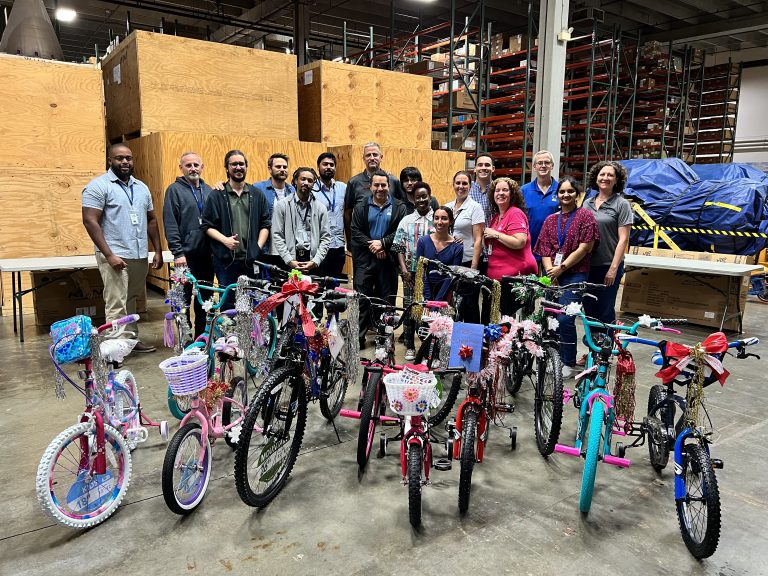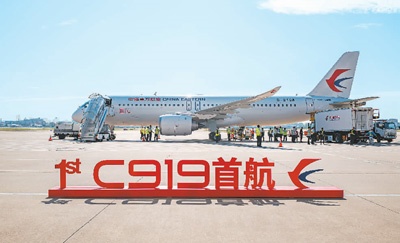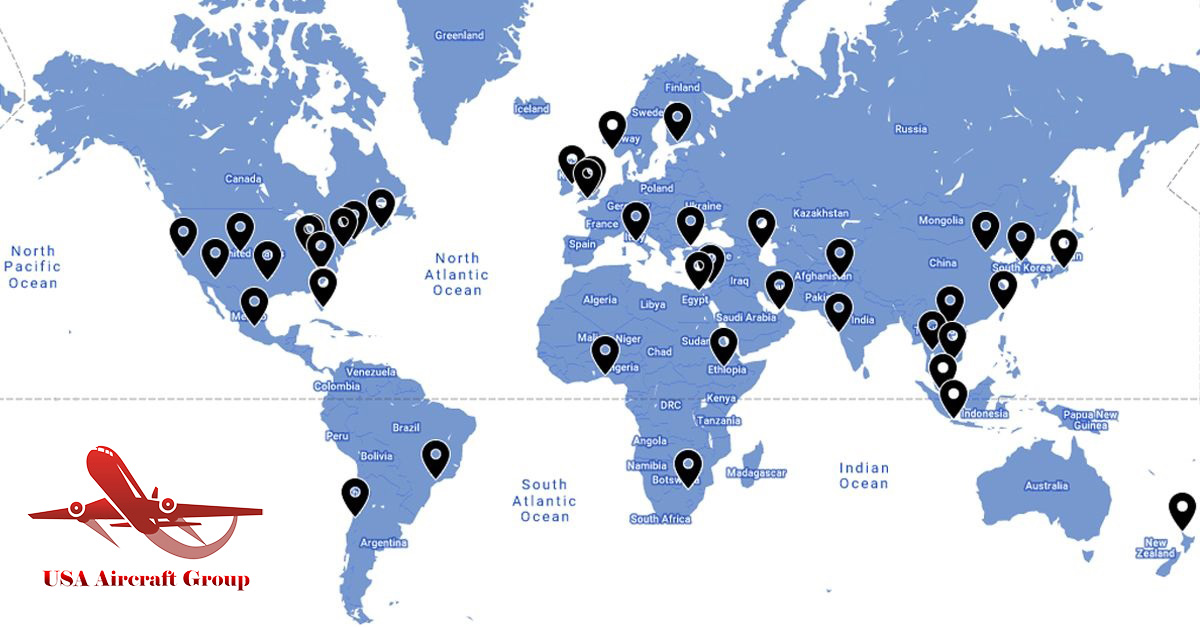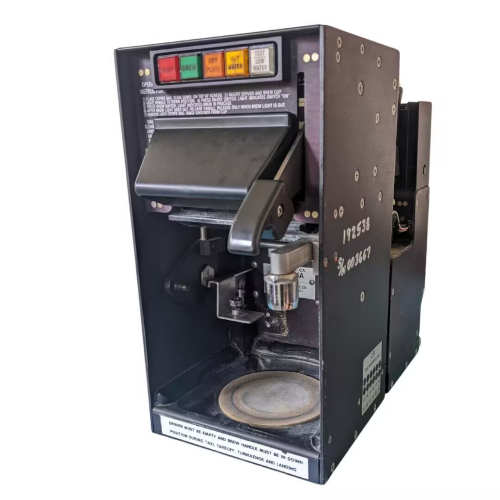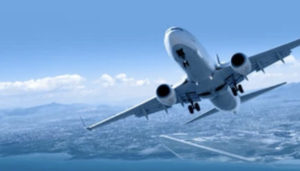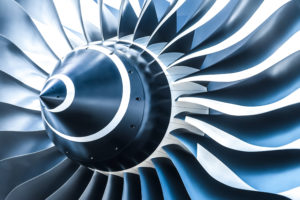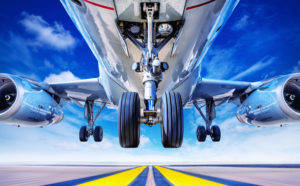Press Releases

Airplane hatch-USA Aircraft Group Corporation
Date: 2025/11/12
Simply put, the reason why the hatches of aircraft are mostly operated manually rather than automatically is due to the three most important principles of safety, reliability and controllability. This is not something that technology can't achieve, but the best design after careful consideration.Let's break down the reasons in detail:
1. Safety is the first priority: prevent accidental opening
This is the most core reason. When the plane flies at an altitude of 10,000 meters, there is a huge pressure difference inside and outside the cabin. The air pressure in the cabin is equivalent to about 2000-2500 meters high, while the air pressure outside the cabin is extremely low. This pressure difference will generate a huge force to "press" the hatch tightly on the door frame.
· The manual door is "inward opening" and then rotated: the hatch of the passenger plane is very cleverly designed, and it is not simply pulled outward. When opening the door, the operator needs to pull the door into the cabin first to get it out of the lock on the door frame before it can be rotated and pushed open. Due to the huge internal pressure, it is absolutely impossible to complete the step of pulling inward by manpower alone in flight. This forms a natural and extremely reliable physical lock.
· What will happen if it is made into an automatic door? An electric, button-controlled automatic door system is theoretically at risk of failure or being triggered by mistake. In case of circuit failure, system error or human error during the flight, the door lock mechanism will operate, the consequences will be disastrous. Manual design completely eliminates the possibility of "unexpected automation opening".
Summary: The manual mechanical structure uses the physical pressure difference to form the most reliable barrier to prevent the hatch from accidentally opening in the air.
2. Reliability and redundancy
In the aviation field, we believe in "simple and reliable". Compared with complex electrical, hydraulic or pneumatic systems, the mechanical structure has higher reliability and lower failure rate.
· Do not rely on any external power: manual opening does not require electricity, hydraulic oil or compressed air. No matter what the situation is (such as the power outage of the plane after an emergency landing), as long as the person has the strength, it can be operated.
· Easy to check and maintain: The structure of the mechanical connecting rod, lock and handle is relatively simple, and the ground staff and crew can carry out an intuitive inspection before each flight to ensure that it is in good condition.
· Environmental adaptability: The mechanical system has better tolerance to extreme temperatures and is not easily affected by electromagnetic interference.
3. Controllability in emergency situations
Every second is crucial in emergency landings and emergency evacuations.
· Full control of the crew: Strictly trained flight attendants can decide when to open the door according to the specific situation (such as the posture of the plane, which side is on fire, etc.). They know the best time to open the door - they must wait for the captain to give instructions and confirm that the slide is inflated. An automatic button may make this critical decision-making process out of control.
· Standardized operation procedure: All models have standard procedures for hatch operation (although the specific handle shape and movement vary from model to model). Flight attendants can form muscle memory through repeated training, which can be completed accurately in a high-pressure environment. This controllability is crucial to maintaining evacuation order.
It needs to be clarified that what we mean by "manual" refers to the direct drive of mechanical structures by manpower. But on some modern aircraft, you can also see some "automation" assistance:
· Cargo doors and some business cabin doors: These doors may use electric or hydraulic power to switch due to their large size or different design space. But they also have strict safety interlocks and multiple insurances to prevent them from opening in the air.
· Slide linkage of the emergency exit: When you open the emergency door of the cabin, although the door itself is operated manually, this action will automatically trigger the inflatable system of the slide package. This can be seen as "automation" in key security links, with the aim of completing the evacuation faster.
Description of recent events (such as the Boeing 737-9 MAX door stop incident)
The problem of the recent "hatch flying off in the air" incident is not the manual operation mechanism of the hatch itself. That part is exactly a "door stopper" or "emergency pre-position door", which does not need to be opened in normal operation. The root cause of the accident was the mistakes in the manufacturing and quality control links, which led to major omissions in the installation, fixing and inspection of the door stopper, not whether the operation method was manual or automatic.
Conclusion
Therefore, the manual design of aircraft hatches is not a backward expression, but the crystallization of decades of experience and lessons of the aviation industry. It uses the most direct and reliable physical way to ensure the most critical safety boundary in flight. This is the logic behind giving the most critical safety links to the most error-prone mechanical structures and trained people, not to the circuits and procedures that may make mistakes.


